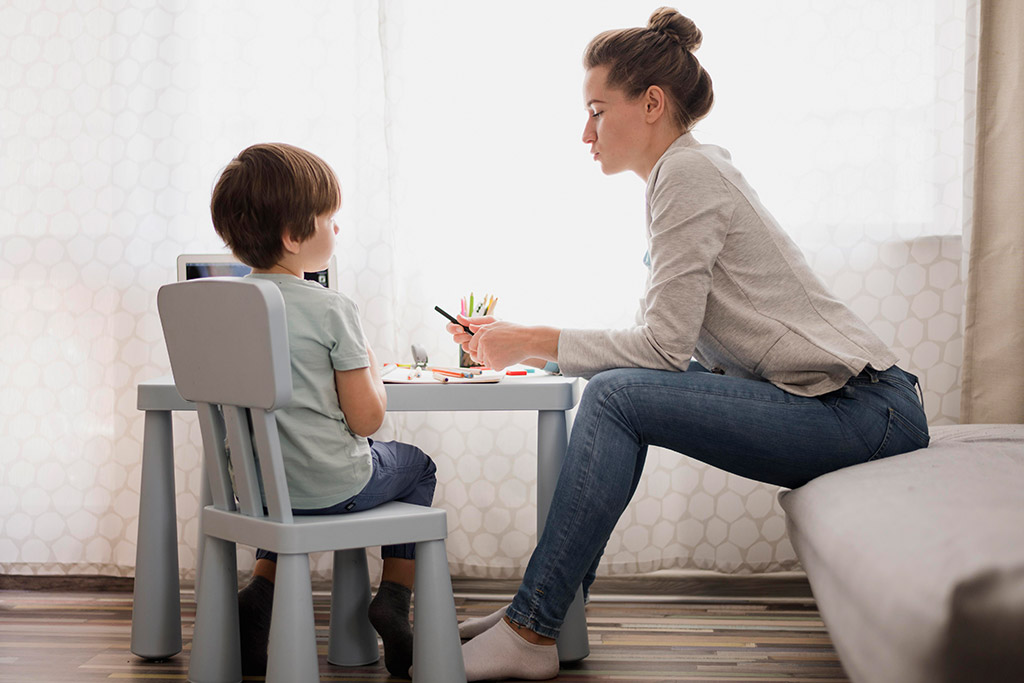
By: Rachel Crickmar
April is Child Abuse Prevention Month, a time to raise awareness about the signs of abuse and promote safe, healthy environments for children. Every child deserves to grow up in a home where they feel loved, secure, and supported. As caregivers, we have a responsibility to recognize when a child may be in danger and to use discipline strategies that teach rather than harm.
Recognizing the Signs of Child Abuse
Child abuse can take many forms, including physical, emotional, sexual abuse, and neglect. Understanding the warning signs can help protect children who may not be able to speak up for themselves.
Common Signs of Abuse or Neglect:
- Physical abuse: Unexplained bruises, burns, fractures, or frequent injuries with inconsistent explanations.
- Emotional abuse: Extreme behaviors (withdrawn, anxious, aggressive), low self-esteem, or excessive fear of making mistakes.
- Sexual abuse: Difficulty walking or sitting, knowledge of sexual behavior beyond their age, avoidance of certain people or places.
- Neglect: Poor hygiene, frequent absences from school, lack of medical care, or inadequate clothing for weather conditions.
If you suspect abuse, it is crucial to report it to child protective services or a trusted authority. It is always better to report and be wrong than to stay silent and allow harm to continue.
The Difference Between Discipline and Abuse
Discipline is an essential part of raising children, teaching them how to behave and make good choices. However, discipline should always be safe, respectful, and focused on guiding behavior, rather than causing fear or harm.
Healthy Discipline Strategies:
- ✅ Set Clear Expectations: Explain rules and consequences in a way your child understands.
- ✅ Use Positive Reinforcement: Praise and reward good behavior rather than only focusing on mistakes.
- ✅ Give Logical Consequences: If a child refuses to put away their toys, they lose access to them for a short time.
- ✅ Use Time-Ins Instead of Time-Outs: Instead of isolating a child for misbehavior, sit with them and talk through their feelings.
- ✅ Teach Problem-Solving: Help kids identify better ways to handle frustration instead of reacting with anger.
Discipline Methods to Avoid:
- 🚫 Physical Punishment: Hitting, spanking, or slapping can cause fear, harm self-esteem, and model aggression as a solution.
- 🚫 Shaming or Yelling: Words can be just as harmful as physical punishment, leading to anxiety and low self-worth.
- 🚫 Withholding Love or Affection: Children need to feel secure, even when they make mistakes. Love should never be conditional.
How We Can Help Protect Children
Child abuse prevention is a community effort. Here are a few ways you can make a difference:
- Listen to children. If a child confides in you about feeling unsafe, take them seriously and seek help.
- Support parents and caregivers. Offer encouragement, help, or resources to families who may be struggling.
- Advocate for child safety. Support policies and programs that protect children and provide parenting education.
Final Thoughts
Every child deserves to grow up in a home filled with love, safety, and guidance. By recognizing abuse, practicing healthy discipline, and advocating for child welfare, we can create a world where children thrive.
If you or someone you know needs support, consider reaching out to a local child protection agency.
View information on our therapy for children and adolescents



